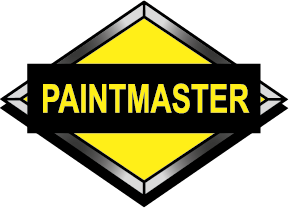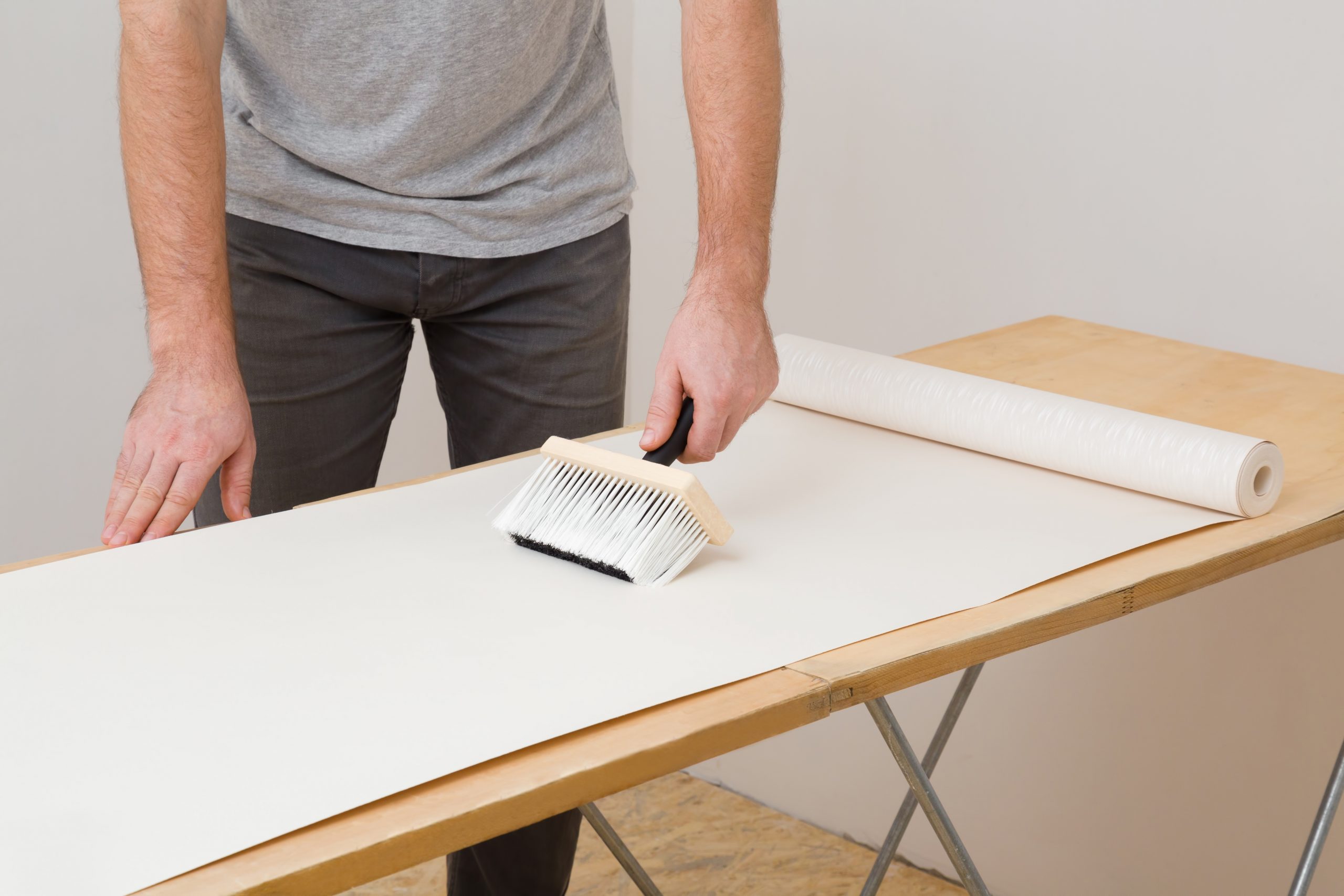
How do you get the best results from your wallpaper, and what accessories you need?
Putting up wallpaper is one of those decorating jobs that looks a lot simpler than it is. The last thing you want is to have your brand new paper falling off the walls minutes after it’s been put up. But don’t worry Paintmaster are here to save the day again!
That’s right, we do far more than just tins of paint. This blog will guide you through the wallpapering process and teach you what tools and painting accessories will get the best results.
Wallpaper Vs Paint
There’s nothing like a fresh coat of interior emulsion paint, but it’s not the only way to brighten up dull walls. As the American comedian Steven Wright once said: “It’s a small world, but I wouldn’t want to have to paint it”.
Your home is your world and should represent your own style. Flat colour might not be ‘you’ enough, whereas wallpaper can be much more expressive. You can try to use different colours of paint, but it’s hard to get the look right.
If you want to try something bold with your walls, wallpapering gives you far more options than emulsion paint. Instead of flat colour you can have patterns and designs that really stand out. With so many wallpaper styles to choose from, you can always find something that compliments each room perfectly.
The best part about wallpaper is its durability. Paint fades over time whereas wallpaper looks great for longer. It is naturally scuff-resistant and also wipeable so you can remove any marks or stains that would ruin a painted wall. You should expect good-quality wallpaper to last up to 15 years before it needs replacing.
However, while regular wallpaper will last a long time in living rooms, bedrooms, and hallways, ‘high humidity’ rooms such as kitchens and bathrooms need specially designed wallpaper that is resistant to the damp air. To freshen up your kitchen or bathroom we recommend a fresh coat of glossy emulsion, or painting tiles to make them look like new again.
Is Wallpapering Cheaper than Painting?
Painting walls is cheaper on paper, but the long-lasting nature of wallpaper saves you money in the long run. When a fresh coat of paint would be needed after a few years, your wallpaper will still be looking great.
If you’re on a tight budget, but still want to wallpaper, why not create an accent wall? This uses less paper and can give your walls a bold look. Using both wallpaper and emulsion paint gives you the best of both worlds without breaking the bank.
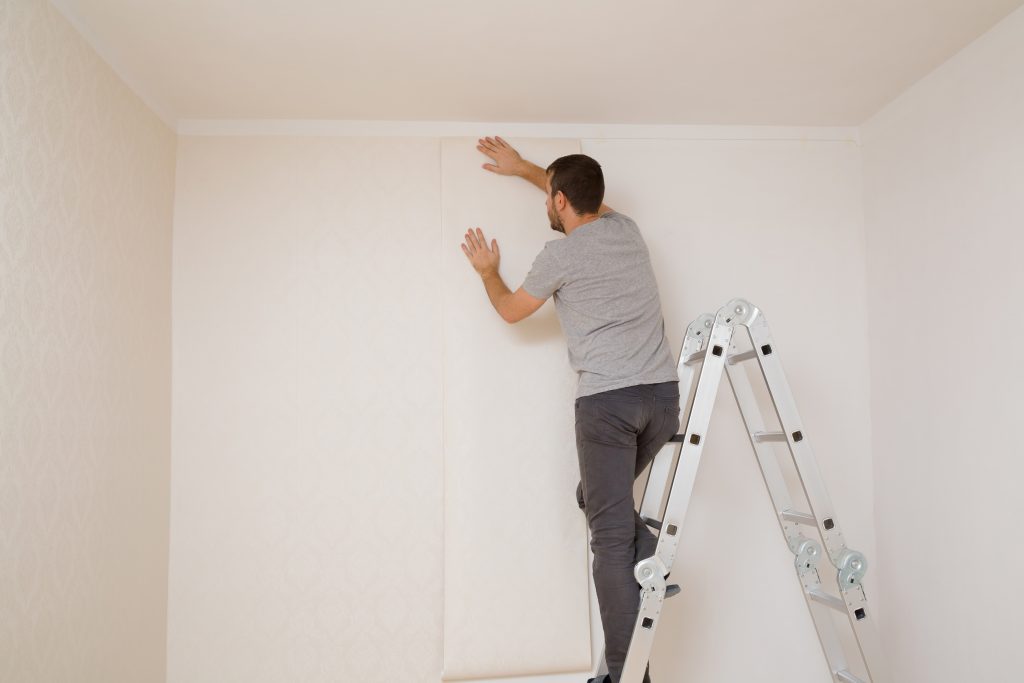
Is Wallpapering Easy?
Wallpapering takes time and patience. Unlike when painting, lines have to be perfect or the whole wall can be ruined. Wallpaper also shows up any imperfections in your walls, so there is plenty of prep required before you begin.
Accessories for Wallpapering
To put up wallpaper you need more than just a few rolls and some sticky stuff. Here are the tools and painting accessories Paintmaster recommends (and we have in stock right now!).
- Wallpaper
- Wallpaper Paste
- Wall Sealer (Optional but recommended)
- Pasting Brush or Roller
- Wallpaper Smoother
- Dust Sheet
- Spirit Level
- Scissors
- Ruler
- Stepladder
To get the best out of your wallpaper, you need quality tools for the job. That crusty old paintbrush you’ve had for decades may be tried and tested but breaking out a fresh one will help make your walls look even better.
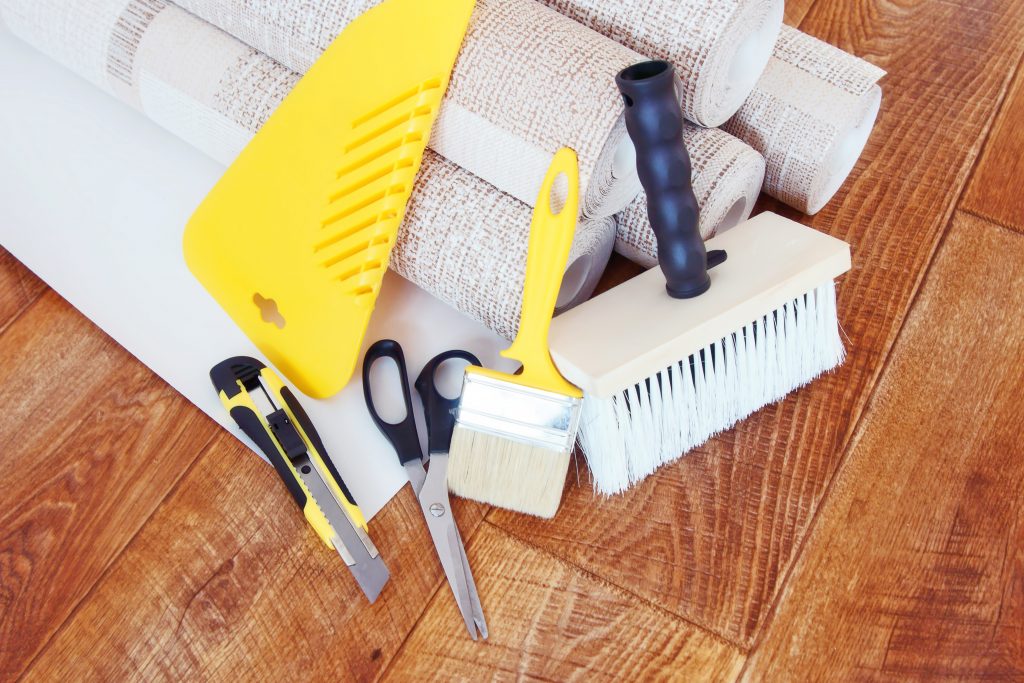
Wallpapering – Step by Step Guide
Once you have everything you need, it’s time to prep for wallpapering. First, clear the room of furniture and lay down your dust sheet. Wallpapering is less messy than painting, but you still don’t want any flecks of paste on your nice sofa!
You also need to remove any existing wallpaper, for obvious reasons. Modern wallpaper is easy to remove, so you won’t be losing fingernails getting it off the wall. Older rolls take more effort, but with patience and the right equipment it’s easy enough.
Make sure you have enough wallpaper for the job, with around 10% to give you margin for error. As always, be sure to read the guide thoroughly before you begin so no mistakes are made. Once you have everything you need, it’s prep time.
Step 1 – Prepare your Walls
Wallpaper will show up imperfections in your walls more than paint. So first you need to make sure the plaster is even, and any cracks are filled in. Having to do this can feel like a setback, but if you buy some base filler in advance, it only takes a couple of hours to dry.
Next, we recommend applying wall sealer. Like using primer before painting, it will help the adhesion of the wallpaper paste and will allow you to adjust the paper before it sticks to the wall. This is essential if you have patterns and designs to match up.
You can also add a primer the day before to make the walls easier to stick to, which you may need if applying to plaster, plasterboard or wood. If your walls have been painted with gloss or silk paint, sand them down and apply a primer. You should also remove any wall fixings and give your walls a good clean before you start pasting.
Step 2 – Prepare the Paper
Use a spirit level, ruler, and pencil to mark a vertical line 500mm from your starting point. Measure the drop of your wall and cut sheets of paper from the roll, leaving an extra 100mm for trimming.
If you’re using a pattern design, make sure everything will line up, and put your sheets in order so they all blend together. Always add an extra 100mm from the design for trimming.
Step 3 – Pasting
If your wallpaper paste isn’t pre-mixed, prepare it according to the instructions provided. Don’t rush this part, otherwise you risk ruining the entire job. You should also open a window wide as the paste does create very strong fumes.
With a pasting brush or roller, apply the paste to the wall in a thin, even layer. Too much will run and pool at the base of your walls. Only do one strip at a time, otherwise it will dry before you can add the paper.
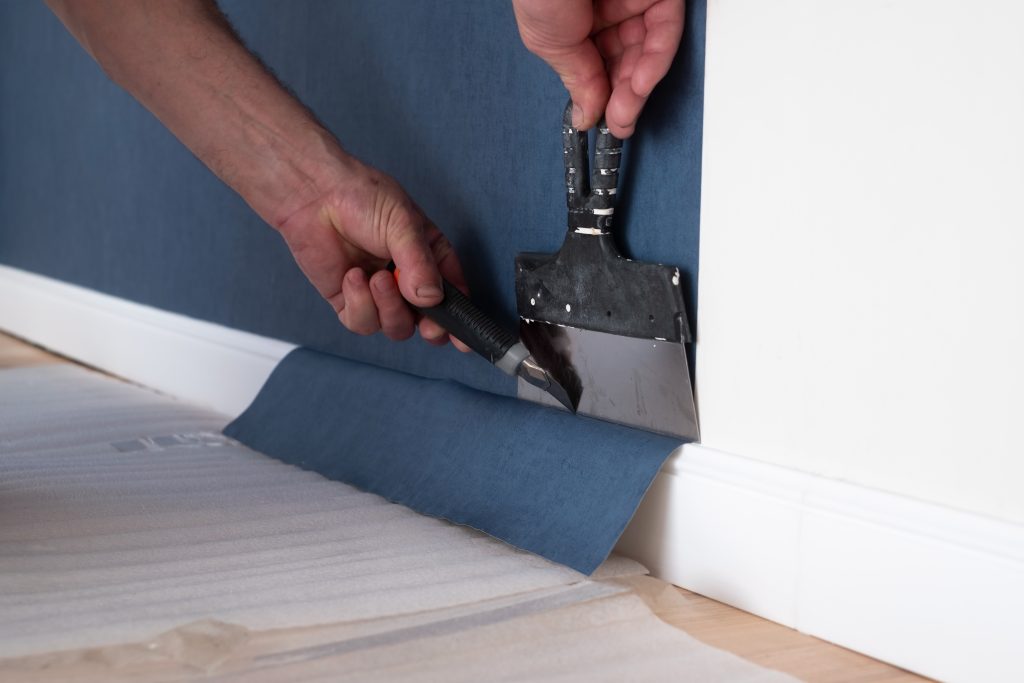
Step 4 – Wallpapering
Line up the paper to your guide mark, adjusting until the pattern is in the desired place. If you used a sealer, the paper should slide to make this easier.
Step 5 – Smoothing
Once the paper is stuck to the wall, but before the paste has dried, smooth the walls. For this you can use a large brush, roller, or wallpaper smoother. Do this thoroughly, even if you can’t see any air bubbles, both vertically and horizontally.
Step 6 – Trimming
Once you are 100% happy with the positioning of your paper, and it is as smooth as it should be, trim the edges at the top and bottom of your paper. If your walls have been painted previously, it will be very obvious if trim too much, so take your time.
Step 7 – Repeat
Once the first piece is up, it’s time to start again! If you are wallpapering for the first time, it’s best to start with a flat wall instead of one with angles, awkward edges, and pipes. When you’ve applied a few strips, the trimming will become second nature, and you will then feel confident to cut and apply more angular strips.
Step 8 – You’re Done!
Once the final strip is up, take a step back and admire your hard work. How does it look?
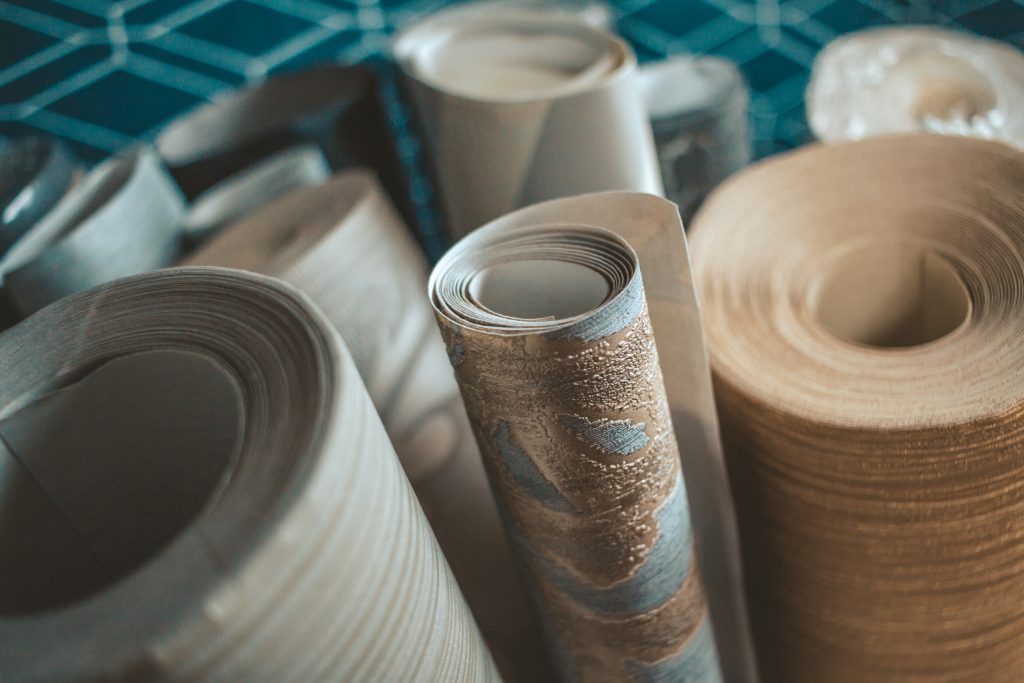
Paintmaster – Everything you need!
The painting accessories we provide make wallpapering easy for even the most inexperienced interior decorator. If you’re feeling invigorated and want to try more decorating, you can check out our other blogs for guides and advice. Just remember to buy your supplies from Paintmaster for guaranteed quality!
In the meantime, check out our painting accessories section of the website for anything you need.
They also make great Christmas gifts!
FAQ's
Is expensive wallpaper worth it?
More expensive wallpaper is often higher in quality. This means it will be tougher and will last for years longer than cheaper equivalents. In the long run, cheap wallpaper can cost you more, so investing in quality wallpaper is recommended.
Is wallpaper outdated?
Not at all! More people choose to paint their walls as it is less expensive in the short term, but there is some quality wallpaper available that can match your style better than a pot of paint.
Should I wallpaper all walls or just one?
Some people choose to wallpaper just one of their walls, known as an ‘accent wall’, and leave the other ones painted. However, if you like a particular style of wallpaper, there’s nothing wrong with using it on all four walls.
What is the best wallpaper to use?
The best wallpaper types are vinyl-based. These come in a range of bold designs, as well as muted styles. They are designed to last a long time and are resistant to splitting and scuffs.
